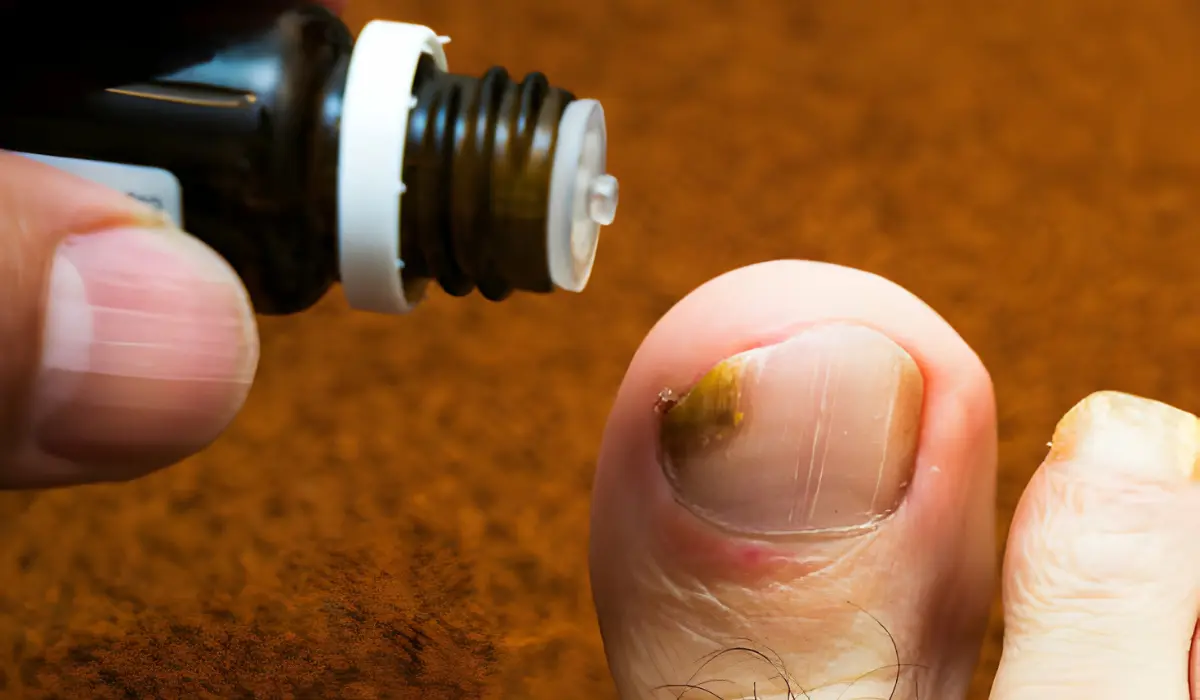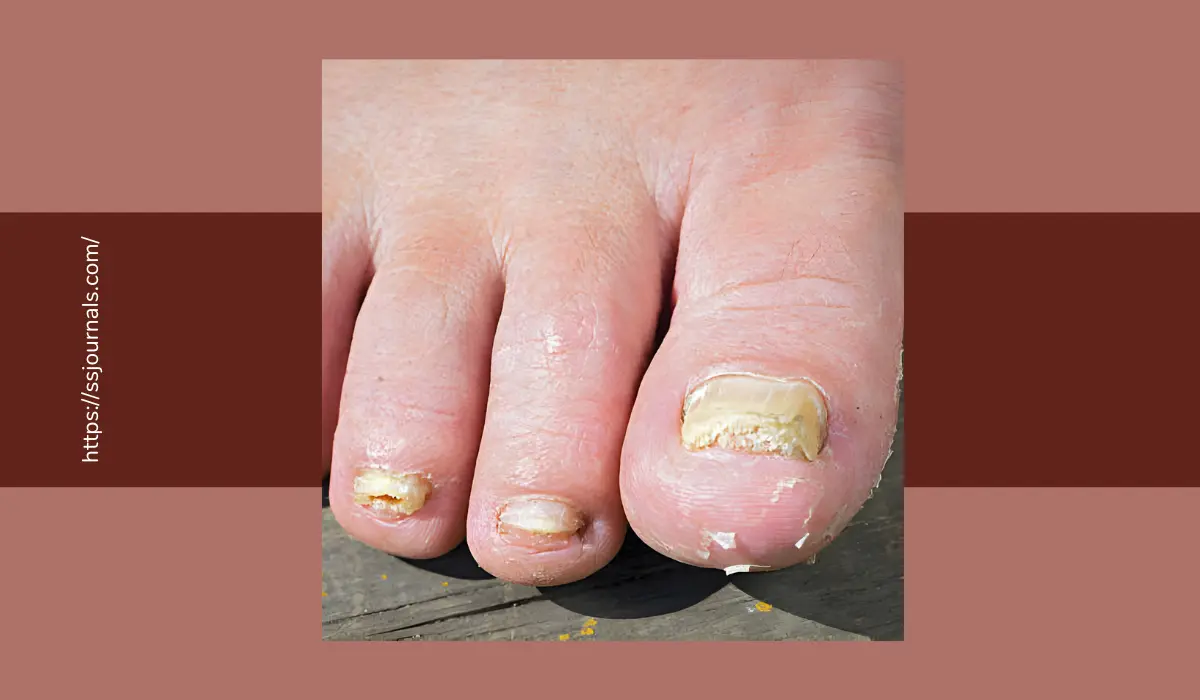Fungal nail infections can be difficult to cure, however, certain easily available home remedies have shown effects in treating this fungus along with other topical and oral medications. Surgical options are also available if such remedies seem unsatisfactory.
The first step is getting your hands on an effective treatment method. And then comes the question – How to know if toenail fungus is dying? Let’s dig deeper and find how you can understand how your nail fungus is finally dying. Before that let’s get into the treatment methods used for fighting nail fungal infections.
Treatment Plans For Fungal Nail Infections

Although treating nail fungus is difficult, there are certain home remedies, which have shown efficiency in fighting the infection. However, it is advised to consult a physician if the results achieved seem unsatisfactory. Essential oils, baking soda, tea tree oil, antifungal creams, snakeroot extract, vinegar, and so on can be applied topically to treat all types of toenail fungus. Keeping dry feet with breathable socks also helps.
Additionally, oral medications like terbinafine may also be effective in treating fungal nail infections. Other methods include surgical removal, which is to be considered as a last resort if all the other attempts have failed.
How to know if toenail fungus is dying?
First and foremost, check the base of your nails, and see whether newly growing nails are healthy or not. Healthy nail growth implies the infection being clinically cured. Nail fungal infections are comparatively more difficult to cure. Therefore, the process of treatment appears a bit longer.
Drastic changes might not be seen in the beginning. However, every small improvement is significant in treating nail fungus. Don’t stop the treatment in between once you start getting positive results. Continue until it is completely cured. Signs showing that your toenail fungus is dying, include:
Healthy new growth
Already affected nails might take time to cure, but once the fungus starts dying, newer nail growths should be healthy.
Change in nail color
Due to nail fungus, your nails might have changed their color to brownish-greenish shades. As the treatment works out, these color changes might fade with time showing a positive effect.
Change in nail texture
Fungus might have caused your nail texture to be thick, brittle, or even distorted. Reduction of nail thickness can help acknowledge that the chosen treatment plan is working successfully.
Reduced odour
Fungal infection can lead to a foul smell from the affected area. Once cleared up, you can see a significant change in the odor associated with the nails.
Reduced debris formation
Reduction in debris formation is one of the signs that your toenail fungus is dying. Diminishing cases of infection will show less buildup of cellular debris under and around the nail.
With time the fungus might completely die, providing a visible distinction between the healthy and the affected nail areas. Additionally, unlike other infections, nail infections take time to cure. Also, consistency is key in curing the infection.
What If It Grows Back?
Toenail fungal infection can be difficult to treat. Also, it is found that the infection has been returning even after completing the treatment plan consistently. This is seen mostly in people with diabetes and other conditions. It is to be noted that fungal skin infections have connections with fungal nail infections.
Always consult your physician if you have:
- Pain or swelling in the affected area
- Increase in temperature or fever
- Pus or unusual substances coming from the inside of your nail
Tips for promoting healing of fungal infection
Since it can take months to grow new nails, improvements can take time to show as well. Just like any other infection, consistency in the process is key to curing the infection. Let me take you through some steps to be done along the process, which can have a significant impact on fastening as well as maintaining results.
- Always make sure to keep your nails dry
- Try to use comfortable footwear
- Use sweat-absorbing socks made of breathable material
- Trim your nails regularly
- Use antifungal cream when necessary
Bottom Line
Dealing with toenail fungus can be difficult and embarrassing. Although treating the condition needs extra effort, it will all be worthwhile once successful with the process. This article provides an answer to the question “How do know if toenail fungus is dying?”. Curing toenail fungus might take time. Have hope each small sign the toenail fungus dying away marks a step closer to renewed healthy, attractive nails.
Consistency is the key to fully eradicating the infection even after the symptoms resolve. Stopping medication early may result in the return of infection, therefore, you should continue with the medications for the full duration. Active participation of your health care provider is necessary in the process all along. Additionally, proper nail care and hygiene are a must to prevent the recurrence of fungal invasion after achieving the cure. Do not lose hope, with persistence the right fungus-slaying protocol can be found.

